
Improved Support for MODFLOW: 2.5D USG in Leapfrog 2022.1
Introducing a new, intuitive and interactive way to create quality 2.5D unstructured MODFLOW grids. Now you can define boundary conditions based on features within the
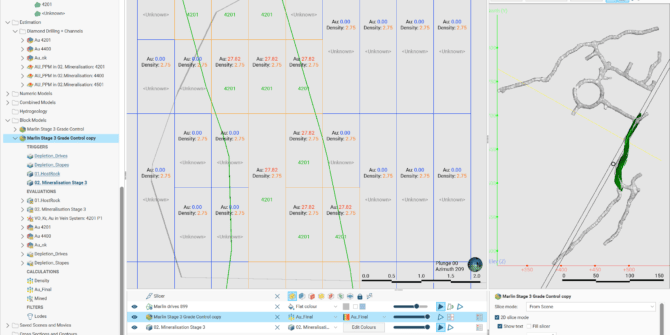
Visualising Block Model Labels in 2D in Leapfrog 2022.1
Expect significant improvements to Leapfrog’s scene visualisation technology with two important enhancements to block models - a 2D slice mode and the ability to have

How Leapfrog Energy is helping define the Paris Basin’s energy future
Joris Popineau and his team have created a geothermal numerical model of the Paris Basin to define and monitor the invaluable energy resource surrounding the
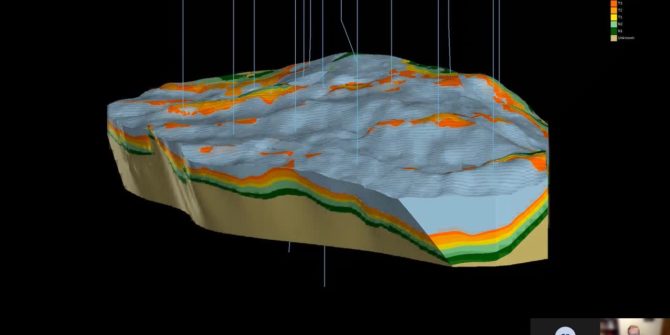
Block Modelling and Calculations to derive reservoir model volumetrics
This webinar and presentation is Part Two of a collaboration between Seequent and Modelling Matters to test the Leapfrog Software capabilities and functionalities in an
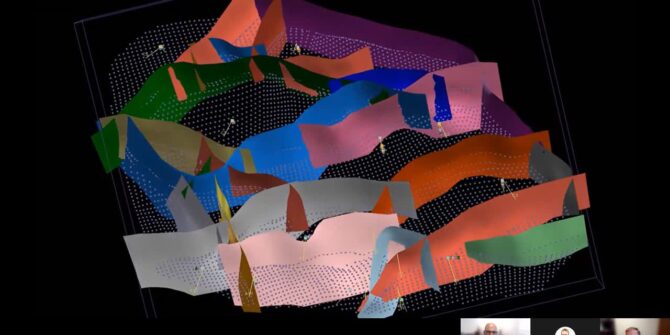
Stratigraphic and Fault framework modelling with Leapfrog
This includes from importing all the available data, to building a complex structural model and subsequent sedimentary stratigraphic model that retains sub-zone thicknesses across faults
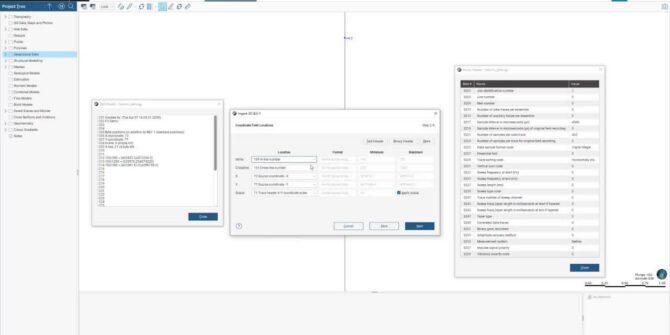
Explore 2D, 3D and SEGY Data Import with Leapfrog Energy 2021.2
In the latest version of Leapfrog Energy, 2021.2, we're doubling down on interoperability and updated 2D, 3D and SEG-Y data import capabilities. In this video,
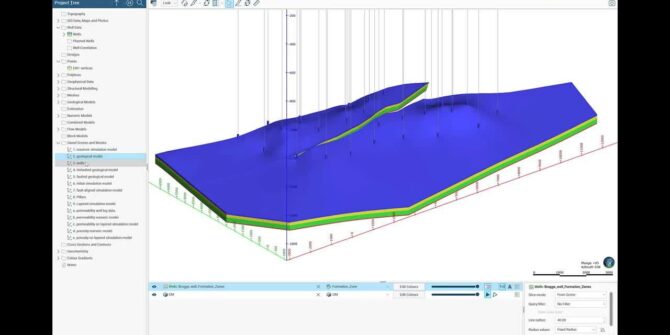
See PETREL™ well deviation data import, and learn how to create a reservoir simulation model and export in ECLIPSE™ or CMG™ format.
We are excited to announce that in our latest release of Leapfrog, it supports the creation and population of both ECLIPSE™ and CMG™ reservoir simulation
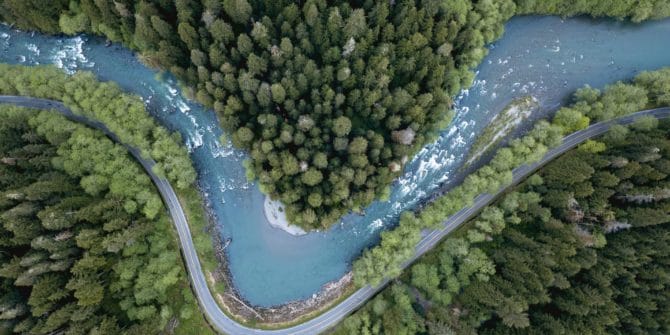
How to selectively measure one part of an existing volume?
Objective: I need to get the volume of only a portion of an existing volume. Resolution: You can use the Clip volume option to "extract'




